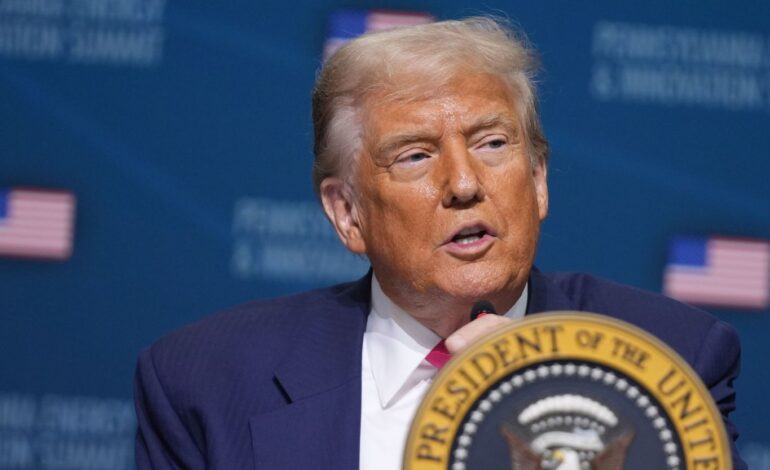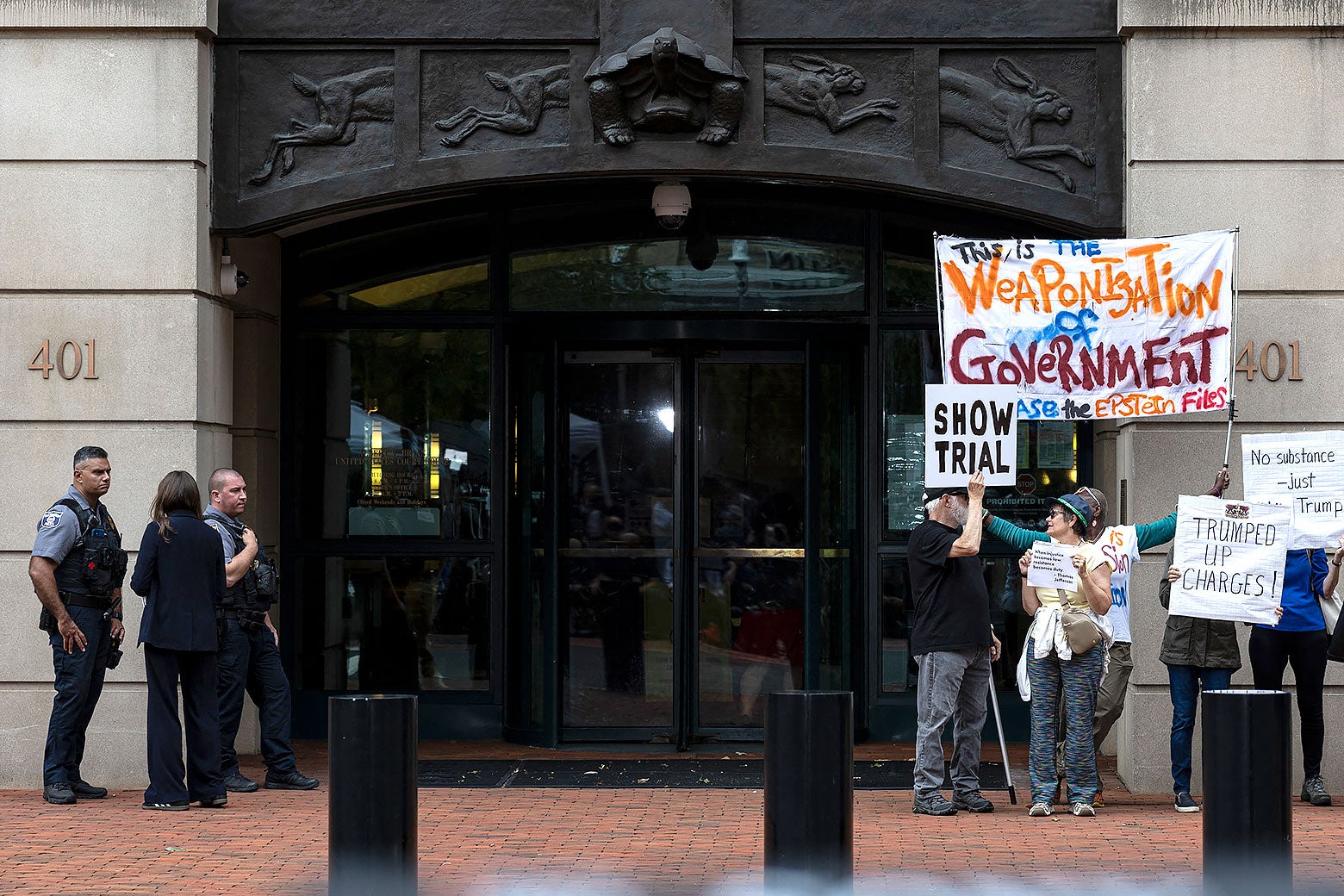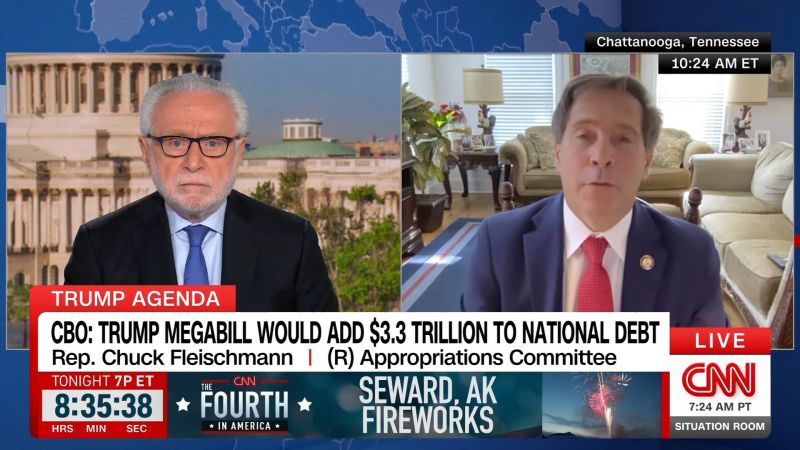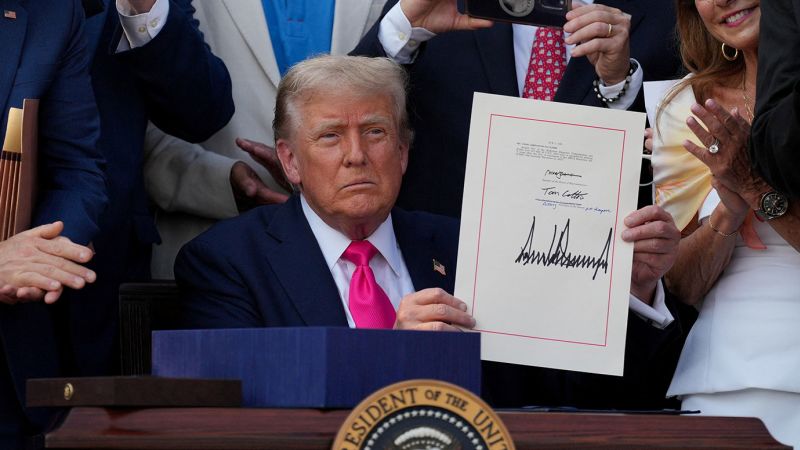Trump Unveils AI Plan to Cut Regulations and Boost Innovation

The Trump administration has launched a new initiative aimed at establishing the United States as a leader in artificial intelligence (AI). Announced on July 1, 2023, the AI action plan outlines a series of measures designed to reduce regulatory barriers and accelerate innovation within the tech sector. Central to this plan is the goal of making American technology the standard for AI development globally.
The initiative comprises three main pillars: accelerating innovation, enhancing AI infrastructure, and ensuring that U.S. hardware and software become the predominant platforms for AI applications worldwide. The White House aims to eliminate what it describes as “bureaucratic red tape,” particularly in areas like data centers and semiconductor manufacturing. This strategic shift underscores the administration’s commitment to keeping pace with global competitors, particularly China.
During a conference call with reporters, David Sacks, the White House AI Czar, emphasized the urgency of the situation. “It’s a global competition now to lead in artificial intelligence,” he stated. He highlighted the profound implications that AI technology has for both the economy and national security, asserting the necessity for the United States to maintain its dominance in this critical area.
Key Components of the AI Action Plan
The plan includes specific recommendations regarding large language models used by the federal government. It stipulates that these models should be “objective and free from top-down ideological bias.” This includes a commitment to consider each state’s AI regulatory environment when distributing federal funds for AI-related initiatives. Such provisions aim to balance the need for innovation with the imperative of safety and accountability, though they have sparked debate among lawmakers and tech leaders.
The administration is focusing on removing regulatory hurdles to streamline permitting processes for technology and energy infrastructure. Additionally, it plans to collaborate with American tech firms to develop “full stack AI export packages” that include models, hardware, and software. This initiative seeks to bolster the position of U.S. technology as the global benchmark, a goal long advocated by Silicon Valley leaders.
Recent legislative actions further reflect the contentious landscape of AI regulation. Shortly after taking office, President Trump repealed an executive order by former President Joe Biden that had aimed to implement safeguards for AI development. More recently, the U.S. Senate voted to eliminate a provision that would have barred states from enforcing AI-related laws for a decade. This move has drawn criticism from those concerned about the potential risks associated with unregulated AI technologies.
Concerns and Critiques
Critics, including privacy advocates and labor unions, have raised alarms over the administration’s focus on the interests of the tech industry, sometimes at the expense of public safety. A coalition of organizations, including the Electronic Privacy Information Center and the Writers Guild of America East, is advocating for a countering initiative they refer to as the People’s Action Plan. They argue for more stringent regulations to mitigate risks associated with AI, such as job displacement and the potential for harmful impacts on children.
Despite these criticisms, the Trump administration claims that over 10,000 responses were received from diverse stakeholders during the development of the AI action plan. This feedback was intended to inform the government’s approach to AI policy, highlighting the administration’s intent to engage with various sectors.
The plan also aims to modify federal procurement guidelines, ensuring that government contracts are awarded only to developers whose systems demonstrate objectivity. However, experts have noted that defining “bias” can be complex, potentially leading to challenges in compliance and innovation. Oren Etzioni, former CEO of the Allen Institute for Artificial Intelligence, expressed concern that such regulations might create additional burdens for developers, hindering their ability to innovate.
The AI action plan is part of a broader strategy by the Trump administration to enhance U.S. investment in AI technology. Recent announcements include a commitment of over $90 billion from various sectors to transform Pennsylvania into a hub for AI development. Additionally, the administration is looking to roll back restrictions on AI chip exports to China, aiming to foster a competitive edge in the global tech landscape.
As the administration prepares to further outline these plans at an event in Washington, the coming months will likely reveal how these initiatives are implemented and their impact on the fast-evolving field of artificial intelligence. The collaboration between the tech industry and the government is set to continue, with both parties recognizing the importance of positioning the United States at the forefront of AI advancements amidst growing international competition.






